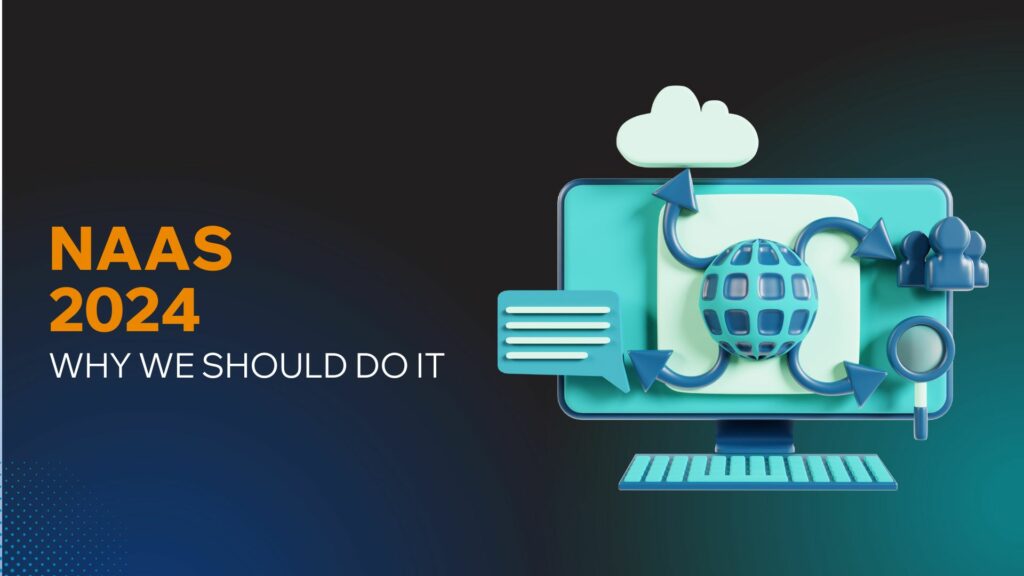
In today’s fast-paced technological landscape, businesses are continuously seeking innovative solutions to streamline operations and enhance efficiency. One such groundbreaking solution is Network as a Service (NaaS). As we approach 2024, the adoption of NaaS is becoming increasingly critical for businesses aiming to stay competitive and agile. This comprehensive article explores the myriad benefits of NaaS, why it is essential in 2024, and how businesses can effectively implement this transformative technology.
Understanding NaaS
Definition and Evolution of NaaS
Network as a Service (NaaS) is a cloud-based service model that allows businesses to manage their network infrastructure through a third-party provider. This model eliminates the need for traditional on-premises networking hardware, offering a more flexible and scalable approach to network management. NaaS has evolved significantly over the years, transitioning from basic connectivity services to comprehensive solutions encompassing security, optimization, and advanced analytics.
Key Features of NaaS
NaaS offers a range of features designed to simplify network management and enhance performance. These include automated provisioning, real-time monitoring, and dynamic scaling. Additionally, NaaS providers often incorporate advanced security measures, such as encryption and intrusion detection, to safeguard network data. The integration of artificial intelligence and machine learning further enhances the capabilities of NaaS, enabling predictive maintenance and automated troubleshooting.
Why NaaS in 2024?
Current Market Trends and Predictions
The global NaaS market is poised for exponential growth, driven by the increasing adoption of cloud computing and the rising need for efficient network management solutions. According to industry analysts, the NaaS market is expected to grow at a compound annual growth rate (CAGR) of over 25% from 2023 to 2028. This surge is attributed to the growing demand for scalable and flexible networking solutions that can adapt to the dynamic needs of modern businesses.
Growing Demand for Flexible Network Solutions
In 2024, the demand for flexible network solutions will reach new heights as businesses continue to embrace digital transformation. The shift towards remote work and the proliferation of IoT devices necessitate robust and adaptable network infrastructure. NaaS offers the flexibility required to support these changes, providing seamless connectivity and management across diverse environments.
Benefits of NaaS
Cost Efficiency
One of the most significant advantages of NaaS is its cost efficiency. By leveraging a subscription-based model, businesses can avoid the hefty capital expenditures associated with traditional networking hardware. NaaS providers typically offer pay-as-you-go plans, allowing organizations to scale their network resources according to demand. This approach not only reduces upfront costs but also minimizes ongoing maintenance expenses.
Scalability and Flexibility
NaaS provides unparalleled scalability, enabling businesses to expand or contract their network resources in real-time. This flexibility is particularly beneficial for organizations experiencing fluctuating demand or rapid growth. With NaaS, businesses can quickly adjust their network capacity to accommodate new users, devices, or applications without the need for extensive hardware upgrades.
Enhanced Security
Security is a paramount concern for businesses in the digital age. NaaS providers offer comprehensive security solutions, including encryption, firewalls, and intrusion detection systems, to protect network data. By outsourcing network security to specialized providers, businesses can benefit from the latest advancements in cybersecurity without investing in costly in-house solutions. Additionally, NaaS providers continuously monitor and update security protocols to address emerging threats.
Simplified Network Management
Managing a complex network infrastructure can be a daunting task, especially for businesses with limited IT resources. NaaS simplifies network management by automating routine tasks and providing centralized control through intuitive dashboards. This streamlined approach allows IT teams to focus on strategic initiatives rather than mundane maintenance activities. Moreover, NaaS providers offer round-the-clock support, ensuring prompt resolution of any network issues.
Key Drivers for Adoption
Technological Advancements
The rapid pace of technological advancements is a key driver for the adoption of NaaS. Emerging technologies, such as 5G, edge computing, and AI, are transforming the networking landscape. NaaS providers are at the forefront of these innovations, offering cutting-edge solutions that leverage the latest technology to enhance network performance and reliability. Businesses adopting NaaS can stay ahead of the curve and capitalize on these technological advancements.
Business Needs and Challenges
Modern businesses face a myriad of challenges, including the need for agile operations, efficient resource utilization, and robust security measures. NaaS addresses these challenges by providing a flexible, cost-effective, and secure networking solution. As businesses continue to navigate the complexities of the digital age, the adoption of NaaS becomes increasingly imperative.
Implementing NaaS
Steps to Transition
Transitioning to NaaS involves several critical steps. First, businesses must assess their current network infrastructure and identify areas for improvement. Next, they should select a reputable NaaS provider with a proven track record of delivering reliable and scalable solutions. Integration with existing systems is a crucial consideration, as it ensures seamless connectivity and minimal disruption during the transition. Finally, businesses should establish clear goals and metrics to evaluate the success of their NaaS implementation.
Choosing the Right NaaS Provider
Selecting the right NaaS provider is essential for a successful transition. Businesses should consider factors such as the provider’s reputation, service offerings, and customer support. Additionally, it is important to evaluate the provider’s security protocols and compliance with industry standards. A comprehensive due diligence process will help businesses identify a provider that aligns with their specific needs and objectives.
Integration with Existing Systems
Seamless integration with existing systems is a critical aspect of NaaS implementation. Businesses must ensure that their chosen NaaS solution is compatible with their current network infrastructure and applications. This involves working closely with the NaaS provider to configure and test the solution, addressing any compatibility issues that may arise. Proper integration ensures a smooth transition and maximizes the benefits of NaaS.
Case Studies
Success Stories from Various Industries
Numerous businesses across various industries have successfully adopted NaaS, reaping significant benefits. For instance, a leading retail chain implemented NaaS to enhance its network scalability and security, resulting in improved operational efficiency and customer satisfaction. Similarly, a financial services firm leveraged NaaS to streamline its network management, reducing costs and enhancing data security. These success stories highlight the transformative potential of NaaS for businesses of all sizes and sectors.
Lessons Learned
The experiences of businesses that have implemented NaaS offer valuable lessons for others considering this transition. Key takeaways include the importance of thorough planning, selecting the right provider, and ensuring seamless integration. Additionally, businesses should continuously monitor and evaluate their NaaS solution to identify areas for improvement and optimize performance.
Challenges and Solutions
Common Obstacles in NaaS Adoption
Despite its numerous benefits, NaaS adoption can present several challenges. Common obstacles include concerns about data security, potential compatibility issues, and resistance to change. Businesses may also face difficulties in selecting the right provider and managing the transition process.
Effective Solutions
To address these challenges, businesses should adopt a proactive approach. This involves conducting a thorough assessment of their network needs, selecting a reputable provider, and establishing clear communication channels with the provider. Additionally, businesses should invest in employee training and support to facilitate the transition and ensure successful adoption of NaaS.
Future Outlook
Innovations on the Horizon
The future of NaaS is bright, with numerous innovations on the horizon. Emerging technologies such as quantum computing and AI are set to revolutionize the networking landscape, offering unprecedented levels of performance and security. NaaS providers are continually evolving their offerings to incorporate these advancements,



